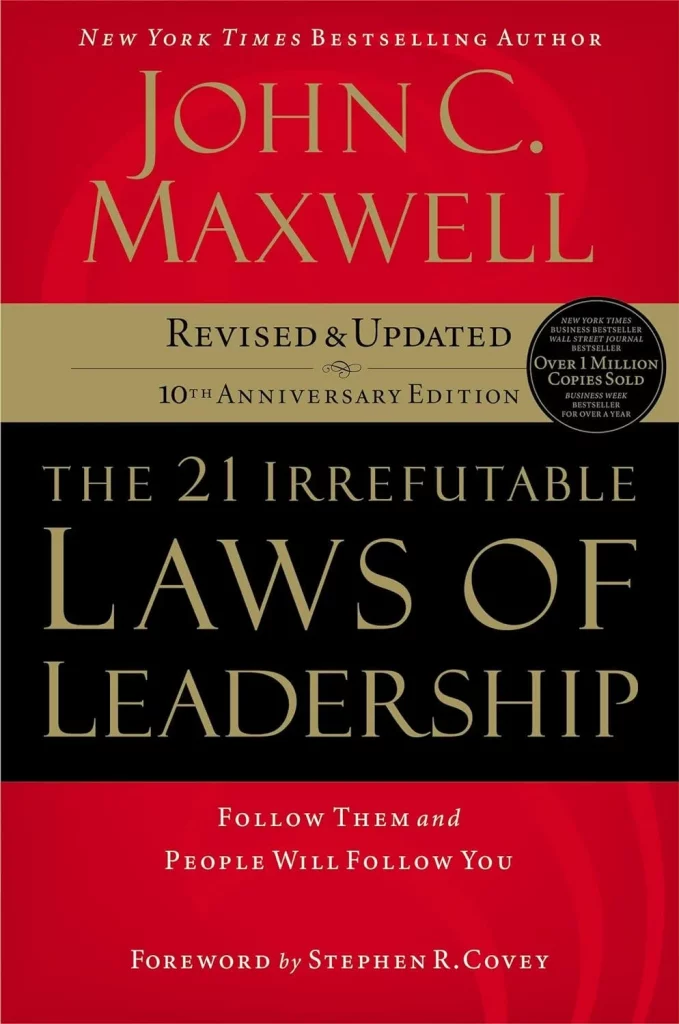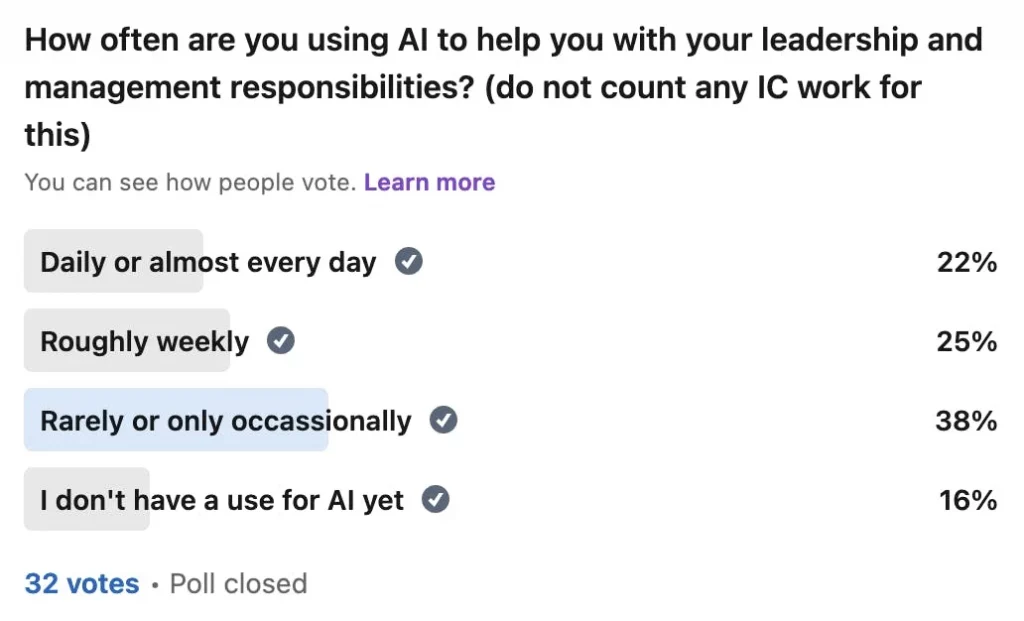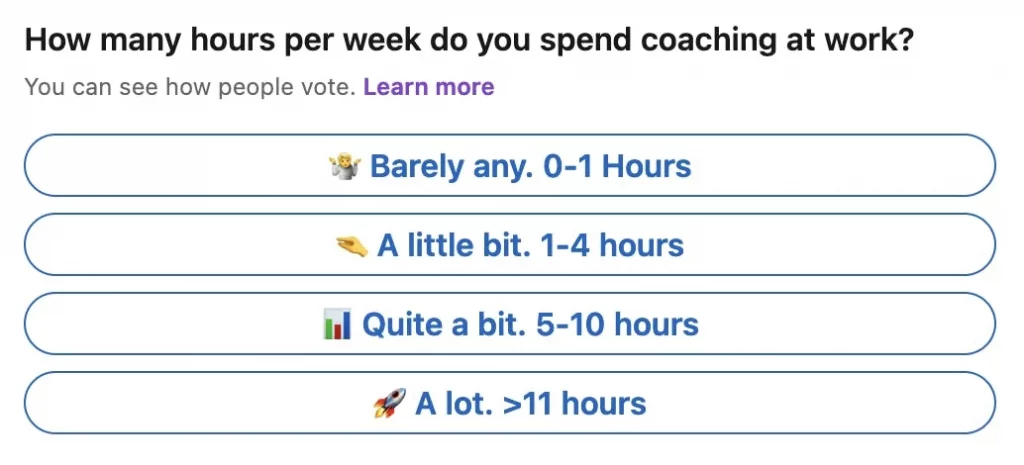I don't think I've ever seen a phrase go viral quite like Founder Mode did last weekend. Literally in a matter of hours there were hundreds of well known tech founders and investors giving their takes and interpretations.
Not long after, people started making memes, and sharing videos, stories, and examples of the good, bad, and ugly of Founder Mode.
It took off after last week's edition was written, so I waited to see what would shake out a week later to determine if we were going to talk about it at all.
As it turns out, a great video from Steve Jobs on Founder Mode emerged, so that was all the inspiration I needed to know a helpful and unique direction to take the discussion on the topic in a way that would resonate with more than just founders.
In today’s edition, we cover Steve Jobs and the original Founder Mode, as well as discuss how different salary bands can impact your teams, and introduce you to another classic leadership book for our Book of the Month.
Let’s dive in…
Table of contents:
- 🥘 Food for Thought on Founder Mode and Steve Jobs
- 🙋🏽 Ask Lighthouse on Choosing Salary Bands
- 📚 Book of the Month on a Classic You May Not Know
- ❓ Poll of the Week on Your Coaching Habits
➡️ Did a friend forward this to you? Get every issue straight to your inbox by signing up here.
Note: This is a preview of our weekly leadership newsletter, Lighthouse Leadership Weekly (LLW).
To get this sent to your inbox every week, along with our latest long form essays on this blog, you can sign up here.
🥘 Food for Thought
"Do you know how many committees we have at Apple? ...Zero.
We are organized like a startup. One person is in charge of iPhone OS software. One person is in charge Mac Hardware. One person's in charge of iPhone hardware engineering. Another person's in charge of worldwide marketing. Another person's in charge of operations.
...There's tremendous teamwork at the top of the company which filters down to tremendous teamwork throughout the company. And teamwork is dependent on trusting the other folks to come through with their part without watching them all the time. But trusting that they're going to come through with their parts. And that's what we do really well.
...we have wonderful arguments.
[The Journalist]: And do you win them all?
"Oh, no, I wish I did. Oh, see, you can't. If you want to hire great people and have them stay working for you, you have to let them make a lot of decisions and you have to be run by ideas, not hierarchy.
The best ideas have to win.
Otherwise, good people don't stay. But you must be more than a facilitator who runs meetings. You obviously contribute your own ideas. I contribute ideas, sure. Well, why would I be there if I didn't?"
If you're active on Twitter, you likely saw the explosion of tweets, discussions, and debate around Paul Graham's latest essay talking about "Founder Mode".
If you're not a heavy Twitter user, than you may have missed what all the fuss is about, so let me fill you in.
What's Founder Mode?
The TLDR is that when a startup company grows, it can be tempting to hire in a lot of "professional management" type people. However, they tend to hurt most startups more than they help.
Instead, what Graham (and many others on Twitter that latched onto the concept) contends is that "Founder Mode" is the ideal way to run the business. This boils down to the founder staying involved in many key decisions day to day, and especially continuing to deeply influence the product.
Why it matters for leaders...
The biggest lesson on Founder Mode is the idea that leaders need to stay connected to their organization. You can't become too out of touch and removed from key operations. You need to keep a pulse on things and stay engaged on some key decisions.
You also need to remember what your strengths are and continue to bring them to bear at your company.
While the main message of Founder Mode is obviously for founders, I think it also applies to other leaders as you rise in organizations; don't forget what you're great at. Find ways to continue to leverage it, while staying connected to the front lines of your organization through things like skip level 1 on 1s, and engaging in some key projects deeply.
Steve Jobs was Founder Mode before it was a thing...
It can seem like a trope to point to Steve Jobs as an example in support of a concept, but sometimes it really is spot on. He really has inspired the next generation of founders, and his approaches can be adapted to other leaders.
A perfect example of this is Founder Mode, which Brian Chesky, cofounder of Airbnb, credits Jobs as inspiration for his own journey of embracing Founder Mode.
This tweet below shares a brief video of Jobs explaining his approach which I think perfectly captures the intention of Founder Mode done right:
steve jobs embodied founder mode before it was a thing. but few understand that he deployed manager mode in the right way when it came down to it.
— kashvi (@kashviETH) September 4, 2024
this is my favorite interview of his where he's talking about his management principles 👇 https://t.co/WWGLYMnNJx pic.twitter.com/huX6u9lur6
You'll notice a few things that Jobs talks about that strike at the heart of the Founder Mode approach:
- No Committees: A prime symptom of big companies is having a lot of committees, who make it very difficult to make bold and high-impact decisions. Is it any surprise Jobs was proud to have 0 of them at Apple?
- One person in charge of each major area: The more crude way to describe this is "one throat to choke", but either way the point is clearly made that you have one person owning an area, who then carries ultimate accountability; there is no blame you can pass to anyone else then.
- Trust & Teamwork: Two important ways to reduce politics in an organization is to be hyper-collaborative and high-trust. Politics does not survive well when everyone has to collaborate; how can you backstab people if you're all working together? Also, in a high-trust environment, anyone who gets political will be tossed out because they're the one who is untrustworthy.
- The Best Ideas Win: It's easy for organizations to fall into the pattern of the HiPPO (HIghest Paid Person in the Organization) dictating ideas and solutions. Yet, true, strong leaders can break that pattern by ensuring the best ideas win, partially through their support of even ideas they didn't come up with, and then also taking a cauldron-like approach to innovation.
Now that we've outlined the Jobs approach to Founder Mode, take a look at that list again.
Those are all things you can do as a mid to senior level leader with your teams, just as much as a founder can.
That's how you create a winning, low-politics, high-impact culture.
And if you're a Founder, that's how you make Founder Mode a winning formula, instead of a recipe for micromanagement and too much centralization of decision-making.
What's the best thing you read on Founder Mode this week? What downsides do you see to it?
Reply and let me know what you think.
🙋🏽 Ask Lighthouse on Choosing Salary Bands
This question came from a conversation with a friend recently:
"How should i think about employee compensation? What are the tradeoffs of being in the bottom 25% of a band vs the top 25% of a band?"
This is a great question that a lot of companies have to think long and hard about right now. When budgets are tight, how you pay can be the difference in both WHO is on your team and HOW BIG you can afford to make your team with your current financial situation.
And thinking about those tradeoffs, it starts by thinking about what those bands can mean:
- Top band = Can attract some entitlement and mercenaries, but also score exceptional talent.
- Bottom band = Can create a lot of resentment and make it easy for people to leave and get a raise. Can end up with people who don’t have other options, while also getting some early career stars who can grow and thrive in your org.
Yet, it's not just about the money you spend on compensation. You have to think about the roles you're designing, which then directly impact what the compensation should be:
- Don’t create roles and offers you can’t afford: You may think you need a super senior hire, but do you have the budget for someone that senior?
- Be mindful of the kind of work you need to be done: Building on the first point, you shouldn't hire a $500/hr engineer to do $25/hr basic engineering work, even if you think later on you will have that work. Hire the more expensive person when you can afford it and have the work to justify it. Otherwise, you're just wasting money and frustrating your hire.
- What is the highest impact thing they’ll do? I'm always amazed when people make generic job descriptions, not really thinking through what they really need. It becomes a lot clearer what budget you need for a role when you take time to decide what the highest impact work is that they'll do. That's then what you hire for, and how you determine the most appropriate leveling and compensation.
However, this is all kind of vague and generalized, so let's go through a few specific examples.
Real stories of Salary Bands
Here are a few stories that can help you better understand the impact of salary bands:
- Netflix pays extremely top of market, but that can mean people will stay when they shouldn't. That's why Netflix also has an extremely generous severance package and a strong willingness to move on from people who aren't a fit or are underperforming. Their system only works because of this aggressive approach on *both* sides of the process.
- A friend of mine bootstrapped his startup to great traction and then raised a sizeable venture round to scale up. As part of that, he gave out generous salaries, great employee perks, and other highly competitive benefits. That turned out to lead to a lot of mis-hires. He ultimately had to do layoffs, where he cut all the entitled employees. The scrappy remaining team, who worked for lower pay to help the company survive, ended up helping him grow the company to a life-changing exit for him.
- Another friend pays his team well into the lower band. While it's helped him bootstrap his business to profitability (no small feat in this economy!), it's created a lot of tension. He's dealt with many employees complaining and asking for raises, which he consistently says no to. When he doesn't give them, they often leave for another job that pays much better (some are getting as much as a 1.5X raise). He's frustrated, and his team carries some resentment creating some cultural challenges.
The truth is, there is no perfect answer. Whether you pay higher, lower, or average, you'll face problems and issues. They'll simply be different and require you to balance them out in different ways:
- Paying on the high end, you have to watch out for mercenaries only there for the money, people staying even when unhappy, and potentially entitlement.
- Paying on the lower end, you have to watch out for resentment, higher turnover if they get better offers, more requests for raises, and a pressure to find other ways to make the work "worth it".
Choose wisely.
📚 Book of the Month on Another Classic
After finishing up a re-read of How to Win Friends and Influence People last month, this month we follow up with another leadership classic.
And this book carries special meaning to me.
My father gave me a copy of this book once he knew I had started reading to learn new skills and succeed at work. And as you might expect from the other stories I've shared about him, this book was a great choice.
This month's book: The 21 Irrefutible Laws of Leadership

This book is a great complement to last month's book. It similarly focuses on teaching you a series of skills that build on each other to make you a more successful leader.
John C Maxwell's theory is that there are 10 levels to leadership, and his book focuses on 21 tactics you need to master to rise up those 10 levels. It's as friendly and approachable as Dale Carnegie's book, but focuses on slightly different aspects of leadership as his laws cover topics like buy-in, empowerment, and attracting followers.
I've read this book twice and just ordered a fresh copy so I can give it my first read in 8.5 years.
You can join me in reading the 21 Irrefutable Laws of Leadership here.
[Editor's note: John C Maxwell is an evangelical minister in addition to being a public speaker and author on leadership. If you're Christian, you'll get a little something extra from some of his religious references in his writing. However, if minor references to his faith bother you, you may want to skip this month's Book of the Month.]
❓ Poll of the week
Last week, we asked about your habits with AI, and it seems you're split roughly 50-50 on using AI to help you as a manager:

We're eager to learn more about how you all are using AI, so we can share tips with our Lighthouse readers. To further those goals, we'll be reaching out to those 47% that are using AI frequently to help them as managers.
Switching gears, this week, our poll looks at your coaching habits:

How much time do you spend coaching? How do you compare to other managers? Let us know and find out how you compare by taking our Linkedin poll here.
Sign up to get this newsletter & our latest blog posts straight to your inbox:




